We asked author Alexander Smith to introduce us to the latest Bolt Action supplement, Campaign Case Blue. He delves into the book’s raison d’être, the battles it covers, some of the new units within, and more besides.
Concept
While writing Campaign: Stalingrad several years ago, I came to the unfortunate realization that to do Stalingrad itself justice, much of the surrounding history on either flank would have to be left out. Even with those sacrifices, Stalingrad remained a hefty 176 pages, with over twenty scenarios.
Happily, I have been able to return to the Eastern Front and pen Campaign: Case Blue. This has been an opportunity for me to explore and share many of the exciting struggles of the southern Ostfront that Stalingrad has often overshadowed. In particular, I wanted to shine a spotlight on the travails of the Axis ‘minor powers’ during these operations. Often ignored or maligned by their German counterparts, the hundreds of thousands of men who made up the armies of these nations fought with determination in some of the worst conditions imaginable, and have incredible stories just waiting to be represented on the wargaming table.
What’s in the book?
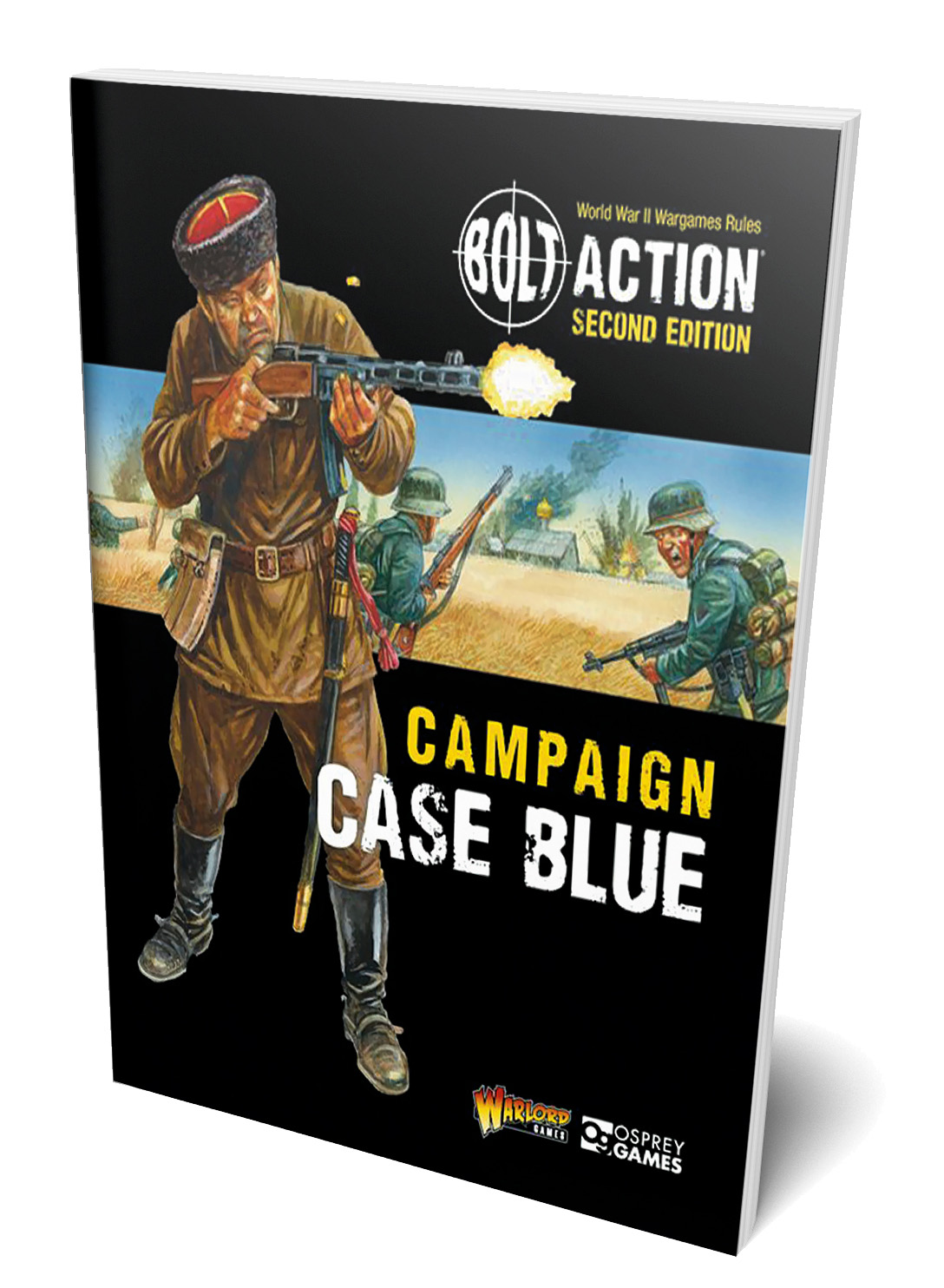
Case Blue is a sweeping history, spanning 19 scenarios, from December 1941 to July 1943. The book begins with the invasion of the Crimea by German and Romanian forces, and the subsequent counter-invasion by Soviet forces.
Later, Operation Case Blue itself is covered, including the Second Battle of Kharkov and the chaotic fighting in the city of Rostov (where the wily Brandenburgers make an appearance). Next the book covers the battles along the Don, in which Italian, Hungarian, and Romanian forces fought to eliminate dangerous Soviet bridgeheads.
From there, the action moves down into the Caucasus Mountains, with the Axis drive to capture the Soviet oil so desperately needed to continue the war. Stopped just short of their objective and spread dangerously thin, the action then moves to the winter of 1942-1943 and the devastating Soviet counter-blow known as Little Saturn. The encirclement of the Axis forces and their life-or-death struggle to escape is covered in detail – including, of course, the incredible march of the Alpini through the frozen steppe and their harrowing battles with the pursuing Soviets.
Finally, the book concludes with the defence of the Kuban region – the final Axis stronghold to remain after the rest of the territory captured during Case Blue had returned to Soviet hands. Battling across hills, swamps, and beaches, the Kuban sees Romanian and German troops fighting side-by-side against incredible odds.
If Case Blue can claim one thing, it’s variety. Aside from the array of different forces involved, players can also expect to fight across arid steppe, frozen plains, mountains, swamps, and dense urban centres. Battles are excitingly varied, with armoured trains, naval vessels, amphibious landings, airborne drops, and desperate charges providing fresh and unique experiences for your tabletop!
New Units
One of the aspects that drew me to this theatre was the varied and eclectic nature of the armies involved. This book features the German, Italian, Hungarian, Romanian, Soviet, and Cossack forces – along with a brand-new army in Bolt Action, the Slovaks! This book is packed to the gills with rules for all participants, with the minor Axis powers each getting at least six new units.
What can players expect for their army of choice? Well, here is a little sneak peek at a few of the new units players can find in Case Blue.
Soviet Union – Mountain Division squad
The Red Army possessed several Mountain Divisions. However, these were rarely given any actual mountain combat training. Axis mountaineers who encountered these units commented disparagingly that their Soviet counterparts were not ‘true mountaineers’. However, Soviet mountain divisions did possess some attributes useful for mountain warfare. The divisions were outfitted with lighter equipment that was easier to move in rough terrain and had additional pack animals. Most importantly, however, was that most Red Army Mountain units often had soldiers with local knowledge of the area whose experience they could draw on to move effectively through difficult terrain.
Germany – Waffen-SS Wiking Panzergrenadier Squad
The SS Panzer Division Wiking recruited heavily from Belgium, the Netherlands, and the Scandinavian countries, particularly Finland. While equipped and organised using German methods, many foreign recruits chafed under German command. In particular, the Finnish battalion resisted many of the attempts to integrate them into the German armed forces, and instead organised themselves as a Finnish unit, commanded by Finnish officers, serving in the German army. The Finnish battalion fought with the Wiking SS Division until June 1943 when they were disbanded to return to Finland.
Italy – Monte Cervino Ski Squad
The Monte Cervino Ski Battalion was created in response to the snowy conditions encountered in Italy’s campaign against Greece. Suitable candidates were chosen from the already elite Alpini Training School and received further training in fighting in snowy mountainous conditions and small unit actions such as raids. The battalion was ready by January 1941 and saw action in Albania and Greece before being sent to the Eastern Front. Upon arrival in the east, the soldiers were issued with special snow camouflage and a limited number of sub-machine guns. In the retreat of the Alpini, the Monte Cervino Battalion acted as rearguard, ending the gruelling march as the last unit of their column to escape westward.
Hungary – Bicycle/Motorcycle Infantry Section
The devastating Treaty of Trianon stripped Hungary of much of its industry and severely limited the ability of the Royal Hungarian Army to re-arm. An enormous shortage of trucks and other vehicles led the Hungarian armed forces to look for other solutions. Several formations of bicycle-mounted infantry were formed to add mobility to its forces. Known as ‘Rubber Huszars’, the bicycle troops proved themselves valuable assets to the Hungarian Army; however, they were largely road-bound and often struggled to keep up with properly motorised formations. When possible, some platoons were upgraded to motorcycles instead, although this was not the case for most of the bicycle troops.
Romania – Tank Hunters
Oftentimes two members of the platoon HQ staff would be detached as tank hunters. Only the most experienced and determined men were chosen for this task, as it was extremely hazardous. Common practice was to blind enemy tanks with a volley of smoke grenades to allow the tank hunters to approach close enough to knock out the enemy tank with anti-tank grenades.
Slovakia – OA VZ.30 Armoured Car
Developed in the mid-1930s, this unassuming armoured car design performed surprisingly well in its role as a reconnaissance vehicle during the invasion of the Soviet Union. Despite possessing only two light machineguns for armament, the light weight of the vehicle coupled with its dual rear axle setup allowed it to navigate the challenging terrain of the Ostfront.
Multiple Nations – Cossack Squad
The Cossacks have a long history residing along the frontiers of the Russian Empire, and later the Soviet Union. A fiercely independent and democratically minded people, they specialised in mounted warfare. During the Russian Civil War, the Cossacks predominately sided with the Whites against the Bolsheviks. Following the war, the Soviet government remained suspicious of the Cossacks and engaged in a program of decossackization. When the Germans invaded in 1941, Cossack loyalty was split. Some groups of Cossacks served in the Red Army, while others saw the opportunity for independence and sided with the Axis, serving in German or Italian Cossack units. Regardless of which side they fought on, they retained their traditional independent spirit. Renowned for their bravery and horsemanship, they were valuable additions to any army (although not all Cossack men could afford a horse and fought instead as infantry known as plastun). While most Cossack units served on the Ostfront, a number were transferred to the Balkans and France, where they fought against partisans and the Allies.
New Army Special Rules
One thing I suspect Italian, Hungarian, and Romanian players will be excited about are the all-new Army Special Rules for these nations. I’ve commanded all three of these forces on the tabletop before, and am cognisant that they could use a little bit of love to bring them up to the level of the major factions. As such, each nation is receiving 3-4 new Army Special Rules which can be used in lieu of the rules in the Armies of Italy and the Axis book for Case Blue scenarios, or elsewhere with the permission of your opponent or tournament organiser.
While designing the Army Special Rules I delved deeply into the history of each nation, searching for unique aspects of each of the minor Axis forces sent to the Ostfront. As part of my design philosophy, I’ve avoided incorporating any penalties or maluses into the Army Special Rules. Despite their shortcomings, each of the minor Axis powers did have their own areas of strength – often overcoming equipment deficits with ingenuity or pure determination.
Slovak Army
The Slovak Mobile Division was Slovakia’s primary contribution to the invasion of the Soviet Union. This division fought alongside Army Group South from June 1941 until March 1943. During that time, it saw almost continual combat, but suffered relatively light casualties due to the cautious manner in which they were used.
Although Slovak played a relatively minor role in the titanic struggle on the Eastern Front, they were present at several key battles covered in this book and deserved rules of their own! For those of you interested in fielding one of the most obscure armies of World War II, Case Blue contains a complete set of Slovak units to field both a Slovak Mobile Division force, or a Generic Reinforced Platoon for any part of the war! Furthermore, Slovakia receives their own set of Army Special Rules to represent their unique capabilities.
Campaign: Case Blue is available for pre-order now and will be released in October 2023. I had a ton of fun writing it, and hope you enjoy playing it even more!
As with all our Bolt Action campaign books, you’ll receive a special figure for free when you order directly from the Warlord Games Webstore. ‘Black Feathers, White Hell’ depicts an embattled Italian Alpini soldier in cold weather gear as he combats both the bitter Russian winter and the vast Red Army.
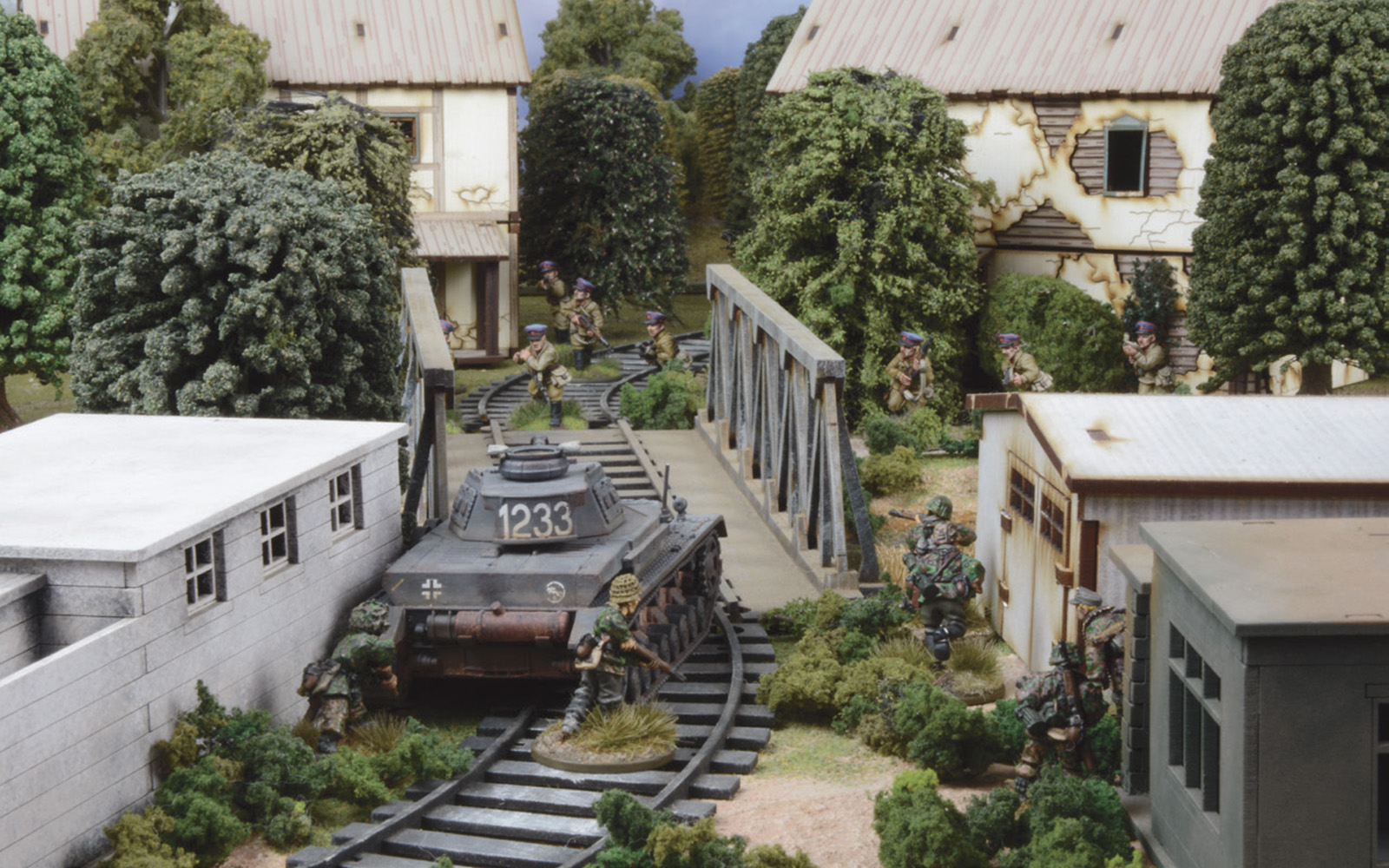
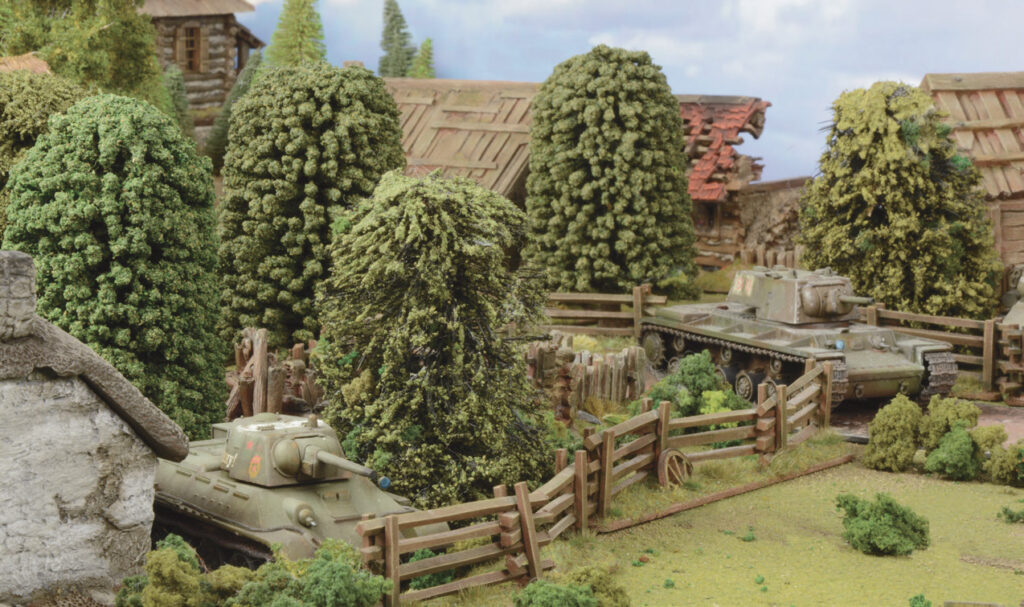
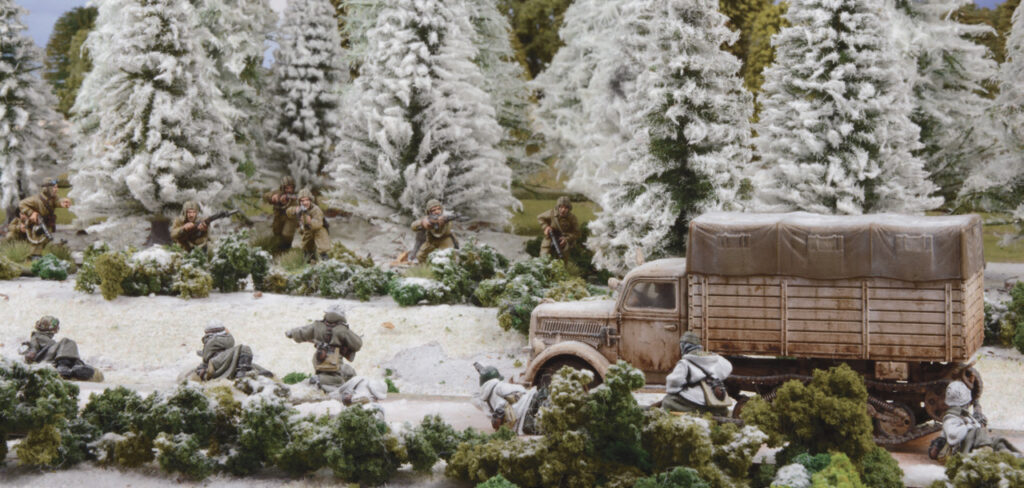
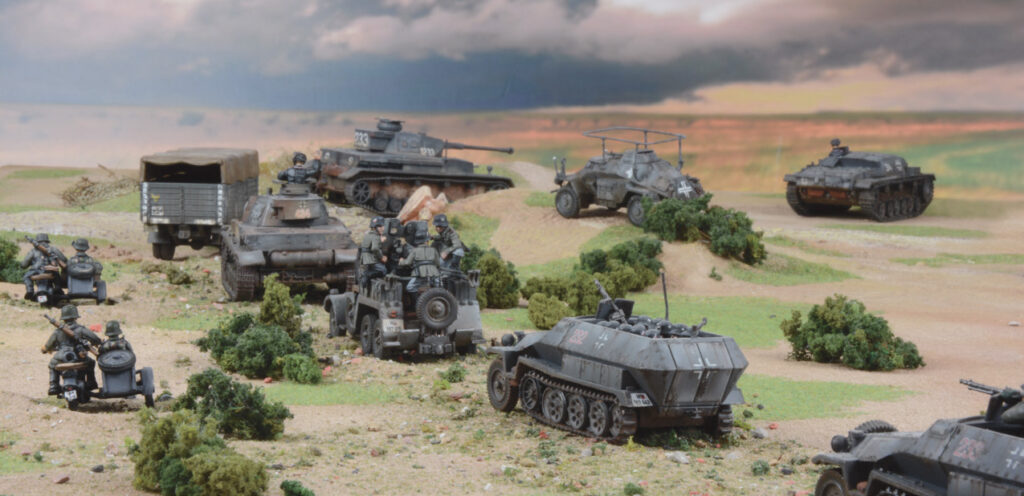
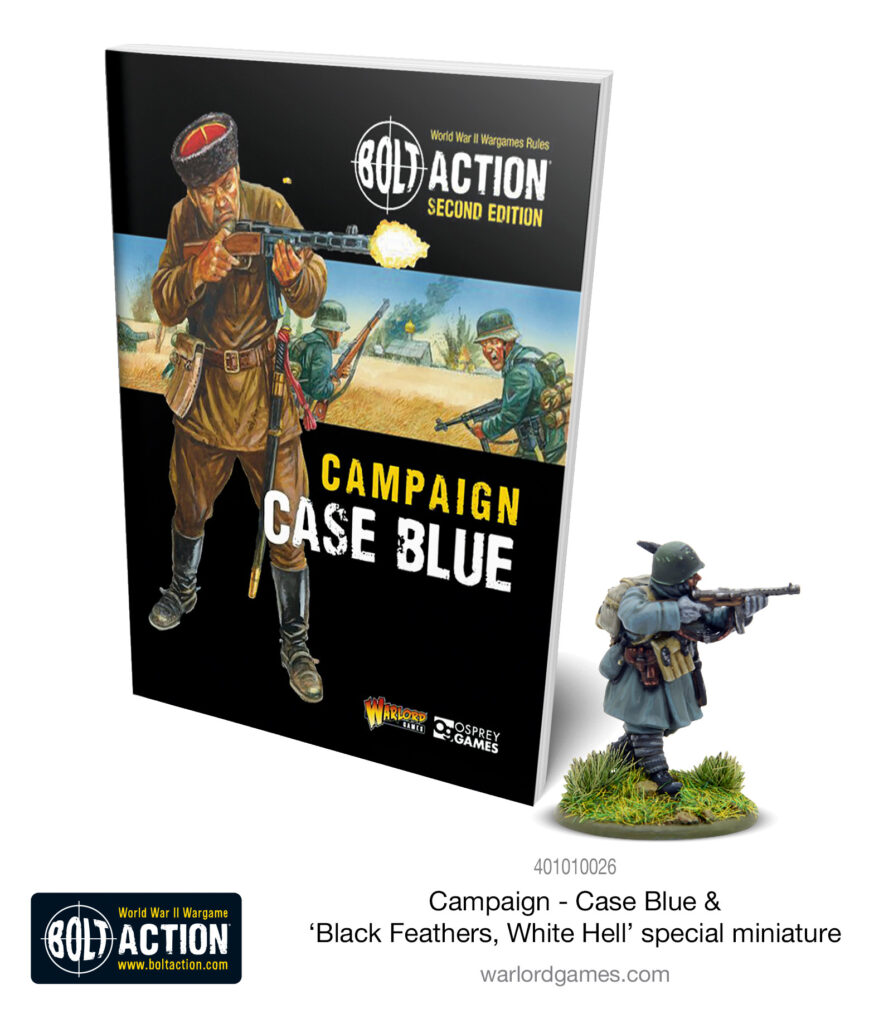
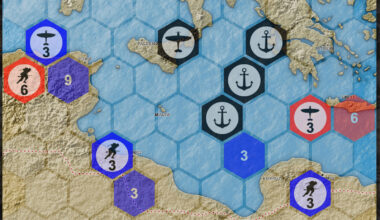
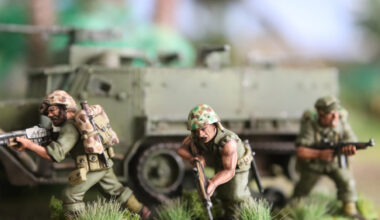
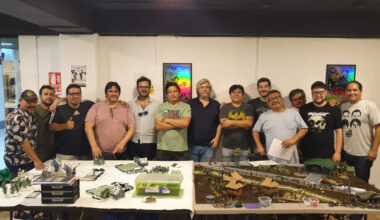
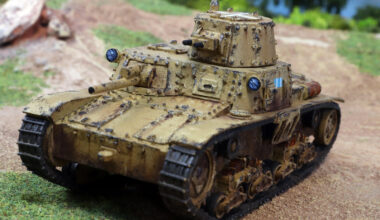

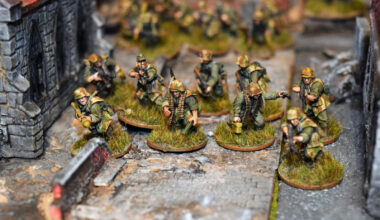
3 comments
I was already curious, but knowing it was penned by the author of Campaign: Stalingrad has me sold sight unseen. I loved the dynamic campaign mode in it [and admittedly was hoping it was a sneaky beta test for Combined Arms], and wish more campaign books had something like that.
…or for that matter, a book all to itself that is dedicated to dynamic campaigns like that for a handful of theatres / fronts / etc.
Cool article, looking forward to the release!
Is the bonus miniature a hint at an upcoming Italin in winter gear release?
I got the book a couple days ago and reading over the profile for Bicycle/Motorcycle Infantry Section. Their base cost is 11 points a man, but they don’t have any benefit to set them apart from a basic squad of regulars, aside from the ability to upgrade to have bicycles/motorcycles. Were they supposed to automatically be equipped with bicycles with the option for motorcycle upgrades, or was that extra point per man intentional?
Comments are closed.